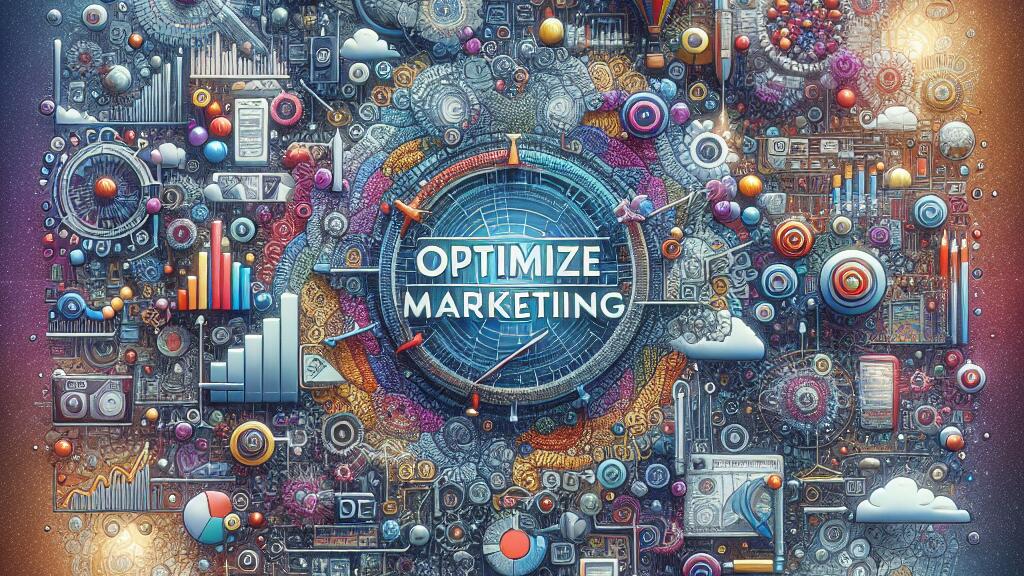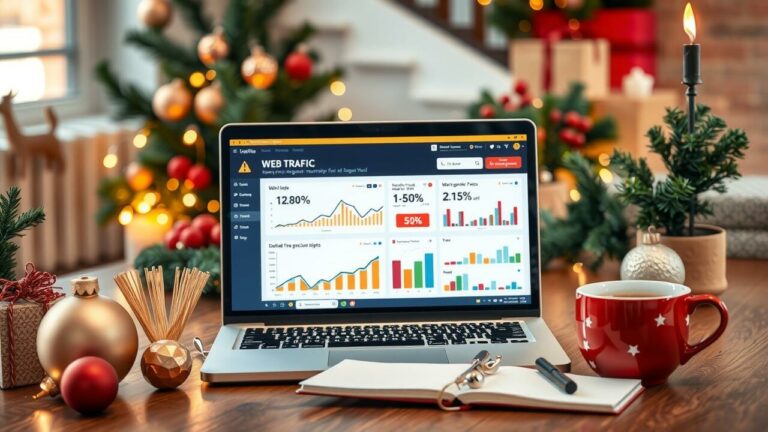How to Improve On-Page SEO
Internal Link Building
Internal link building is a crucial aspect of on-page SEO that can significantly impact your website’s visibility and ranking on search engines. By strategically linking to relevant pages within your website, you can create a network of connections that help search engine crawlers navigate and understand the content on your site more effectively. This not only improves the user experience by guiding visitors to related information but also signals to search engines the importance and relevance of specific pages on your website.
When implementing internal link building, it’s important to focus on linking to pages that are contextually relevant to the content on the current page. This means selecting anchor text that accurately describes the linked page’s content and provides additional value to the reader. By incorporating internal links naturally within your content, you can improve the overall structure of your website and provide search engines with a clear understanding of the relationship between different pages.
Link to Relevant Pages
Linking to relevant pages on your website can significantly enhance the user experience and improve your on-page SEO. By including internal links within your content, you are guiding visitors to other valuable resources on your site, keeping them engaged and encouraging them to explore further. Additionally, linking to related pages helps search engines better understand the structure and topics of your website, which can positively impact your overall SEO rankings.
When incorporating internal links, make sure they are naturally integrated into your content and provide additional value to the reader. Avoid overstuffing links or including irrelevant ones that do not contribute to the user’s understanding or navigation. By strategically linking to relevant pages, you not only help users discover more about the topics they are interested in but also establish a logical flow of information throughout your site, creating a cohesive digital experience for your audience.
Improving Page Load Speed
Improving page load speed is crucial for a website’s overall performance and user experience. One effective way to enhance load speed is by compressing images and minimizing code. Large image files can significantly slow down a page’s loading time, so optimizing images to reduce their size without compromising quality can greatly improve speed. Additionally, minimizing CSS, JavaScript, and HTML code through techniques like code minification can further boost load speed by reducing the amount of data that needs to be transferred between the server and the user’s browser.
Another key aspect of improving page load speed is ensuring that your website is optimized for mobile responsiveness. With the increasing use of mobile devices for browsing the internet, it is essential that your website loads quickly and smoothly on smartphones and tablets. Testing your website across different devices and screen sizes can help identify any issues that may be slowing down load speed on mobile devices, allowing you to make the necessary adjustments for optimal performance.
Compress Images and Minify Code
Images and code play a crucial role in the overall performance of a website. Compressing images and minifying code are essential steps in optimizing your website for improved loading speed and user experience. By reducing the file size of images through compression techniques, you can significantly enhance the loading time of your web pages. This is particularly important for mobile users who may have slower internet connections or limited data plans, as faster loading times can lead to lower bounce rates and improved user engagement.
Minifying code involves removing any unnecessary characters, such as spaces, comments, and formatting, from your HTML, CSS, and JavaScript files. This helps to streamline the code and reduce its overall size, leading to faster loading times and improved website performance. By keeping your code clean and concise, you not only improve the user experience but also make it easier for search engine crawlers to index and rank your website. Remember, every second counts when it comes to loading speed, so optimizing your images and code can go a long way in boosting your on-page SEO efforts.
Ensuring Mobile Responsiveness
A key aspect of on-page SEO that cannot be overlooked is ensuring that your website is mobile responsive. With the majority of internet users accessing websites through their mobile devices, having a mobile-friendly site is crucial for user experience and search engine rankings. Testing your website across different mobile devices and screen sizes is imperative to ensure that all users have a seamless browsing experience.
When optimizing for mobile responsiveness, it is essential to pay attention to the site’s loading speed on mobile devices. Slow loading times can lead to high bounce rates and lower search engine rankings. To improve page load speed on mobile, consider compressing images and minifying code to reduce file sizes and enhance loading times. By focusing on mobile responsiveness and speed, you can enhance the overall user experience and improve your website’s performance in search engine results.
Test Across Different Devices
When it comes to optimizing your website for search engines, testing across different devices is a crucial step to ensure a seamless user experience. With the prevalence of mobile browsing, it is essential to make sure that your website looks and functions well on various devices such as smartphones, tablets, and desktop computers. By testing your website on different screen sizes and resolutions, you can identify any potential issues and make necessary adjustments to improve overall performance.
Additionally, testing across different devices can help you see how your content is displayed and whether the navigation is user-friendly across various platforms. This process allows you to detect any inconsistencies or design flaws that may impact user engagement and ultimately affect your SEO ranking. By ensuring that your website is responsive and accessible on all devices, you can enhance the user experience and increase the chances of ranking higher in search engine results.
Implementing Schema Markup
To enhance the way search engines interpret and display your website’s content in search results, implementing schema markup is crucial. By adding schema markup to your website, you provide search engines with additional context about your content, enabling them to present rich snippets that offer users more information directly in the search results. This can significantly increase the visibility and click-through rates of your pages.
Schema markup helps search engines understand the relevance of your content and its relationship to users’ search queries. Through schema markup, you can specify key details about your content, such as product prices, ratings, event information, and much more. By structuring your data with schema markup, search engines can better match your content with user intent, ultimately improving your website’s overall SEO performance and driving more organic traffic to your site.
Enhance Search Result Display
Enhancing the display of search results is crucial for improving the click-through rates of your pages. By implementing schema markup, you provide search engines with additional context about your content, which can lead to rich snippets being displayed in search results. These rich snippets can include information like star ratings, product prices, and event dates, making your result stand out and attracting more clicks.
Furthermore, optimizing your meta titles and descriptions can significantly impact user engagement. Craft compelling and concise meta titles that accurately describe the content of your page while incorporating relevant keywords. Similarly, create meta descriptions that entice users to click through to your website by summarizing the value proposition of your page. By paying attention to these details, you can enhance the overall appearance of your search results and increase the likelihood of users clicking on your link.
FAQS
What is internal link building and how does it help with on-page SEO?
Internal link building is the practice of linking to other pages within your website. It helps with on-page SEO by improving website navigation, distributing link equity, and establishing a hierarchy of information for search engines to crawl.
Why is it important to link to relevant pages within your website for on-page SEO?
Linking to relevant pages within your website helps search engines understand the context of your content and improves user experience by leading them to related information. This can positively impact your on-page SEO by increasing dwell time and reducing bounce rate.
How does improving page load speed contribute to better on-page SEO?
Improving page load speed is crucial for on-page SEO as it affects user experience, bounce rate, and search engine rankings. By optimizing elements like image compression and code minification, you can enhance website performance and improve SEO.
Why is it essential to ensure mobile responsiveness for on-page SEO?
Ensuring mobile responsiveness is vital for on-page SEO because search engines prioritize mobile-friendly websites in their rankings. By testing your website across different devices and making necessary adjustments, you can provide a seamless user experience and boost SEO performance.
What is schema markup and how does it impact on-page SEO?
Schema markup is a structured data vocabulary that helps search engines understand the content on your website. By implementing schema markup, you can enhance the way your search results are displayed, making them more informative and visually appealing, which can positively impact your on-page SEO.







